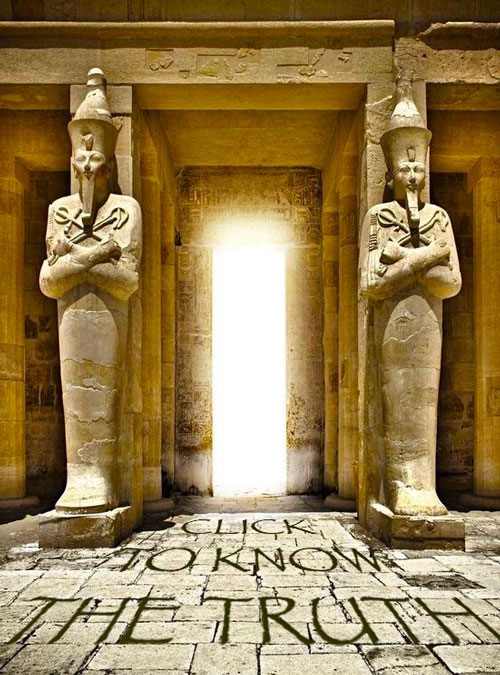The royal cubit
The English word “cubit” comes from the Latin word “cubitum” or elbow.

Interpreting this, we might say that it hints at a sacred proportion within the human body. Measured from the fingertips, it’s the 1:√2 ratio of the forearm to the deltoid tuberosity:

In the artwork below, Seshat’s arm bands made of leopard claws hint at this:

In Seshat’s right hand, the marker signifies 1 unit from the bottom of the shen ring, with the vertical length of the sacred cord at √2. In her left hand, she holds the cord in the middle. These 1D ratios can also be found in 2D nested squares:

To the Egyptians the Stretching of the Cord ritual was born during the Old Kingdom. This was the archaic time of Djoser, Imhotep, Snefru, Amenhotep and Kanofer. The ceremony itself dealt with the dimensions of sacred temples and was governed by the gods of time and space. So we must somehow reconcile this with a universal measurement. “Royal” gives us a clue here because it refers to the Sun.
From this hint comes the lotus pattern below. It shows a series of nested squares that are drawn from the midpoint of their parents. This is the same as dividing each side by √2. While we have only drawn a short sequence below, in reality this fractal lotus pattern creates 45° spirals that regress far beyond our visual acuity.

Now imagine that the circle above is the Sun with a circumference equal to the perimeter of the outer square (a wavelength of nearly 4.4 million kilometres). The square’s sides therefore approach 1.1 million kilometres. Nesting this 42 times within itself we arrive at a side of 0.5237 kilometres. This was called The Lotus (its hieroglyphic is below) and it was the basis of the Egyptian measuring system:

For architectural convenience the royal cubit was reduced to 1/1,000th of this figure or 52.37 centimetres. This length is therefore a harmonic partial of the wavelength of the Sun. For everyday reference, it was roughly equal to the human forearm. So the dance of “time as space” was vital when we came to build temples.
But HOW did the Egyptians figure out the size of the Sun in the first place? They didn’t know that the solar disc was 400 times larger (and further away) than the lunar disc because they didn’t have modern instruments. Instead, they used sacred geometry to resolve time as space which they later immortalised in the Great Pyramid at Giza:

While we may be aware of the physical dimensions of the Earth and Moon above, the eclipsed Sun is also implied—not just spatially but temporally, too. This was the detail that the Egyptians could measure: calendar cycles repeated every 400 years. Expressed as 1: 400—this temporal ratio was reflected in the spatial ratio they needed.
Today, our metric and imperial systems are mere abstractions. This fall from divine relativity was one of the most subtle and enduring mathematical debaucheries in our history: science remains unaware of the Rule of One to this day.
